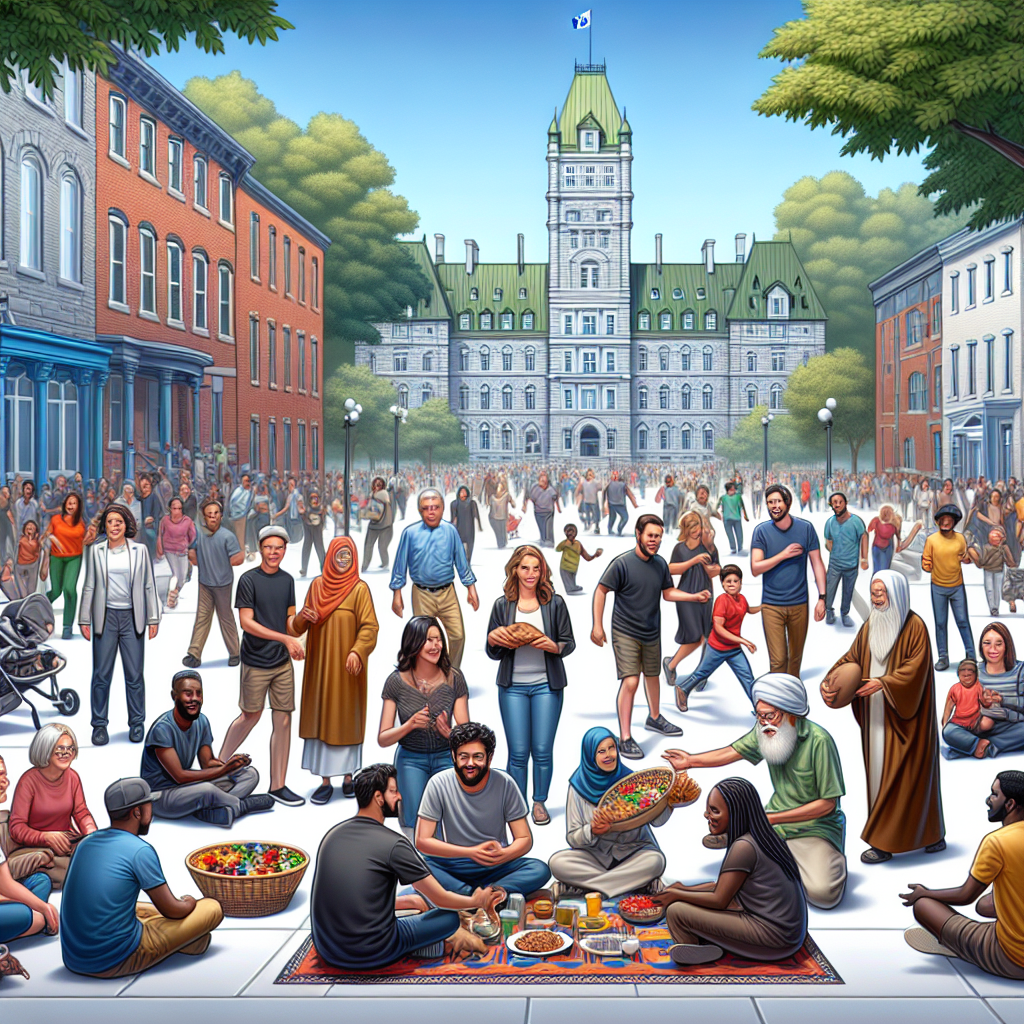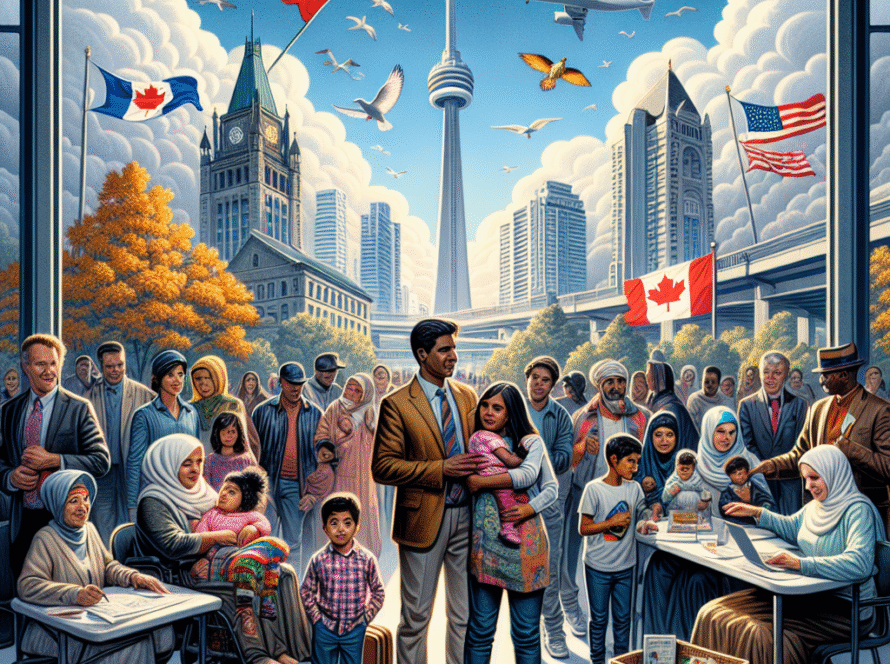Quebec’s Immigration: Secularism and Integration at Its Core

Quebec’s Distinct Immigration Model: A Path to Secular Integration
When discussing Canadian immigration, one typically envisions a vibrant tapestry of multiculturalism. However, Quebec has opted for a unique approach that emphasizes secularism and integration, setting itself apart from the broader Canadian narrative. This article delves into Quebec’s immigration model, its foundational principles, and the implications for newcomers eager to carve out their futures in this distinct province.
The Pillars of Quebec’s Secular Model
At the heart of Quebec’s immigration strategy is a commitment to state secularism. This principle manifests in several ways:
-
Active Neutrality: The government remains neutral in religious matters, ensuring that no religion influences its policies or governance.
-
Prohibition of Religious Symbols: Public officials are required to refrain from displaying religious symbols while representing the state, maintaining a clear separation between religion and governance.
- Equality and Freedom of Conscience: Quebec’s model emphasizes equal treatment for all citizens, irrespective of their religious beliefs or backgrounds.
Rather than seeking to exclude religion from societal discourse, Quebec’s approach aims to cultivate unity and social cohesion within a diverse population.
The Integration Act: A Framework for Newcomers
To reinforce its secular values, Quebec implemented the Act on Integration into the Quebec Nation. This legislation outlines clear expectations for immigrants, emphasizing the importance of embracing Quebec’s core values as a prerequisite for integration. Key principles that newcomers must accept include:
- The separation of religion and state
- Gender equality
- Freedom of conscience and religion
- Social integration through shared civic values
This framework transforms the immigration process into an invitation for newcomers to engage with and contribute to a collective cultural foundation.
Contrasting Models: Quebec vs. Canadian Multiculturalism
Quebec’s immigration model starkly contrasts with Canada’s broader multicultural philosophy, which encourages the coexistence of diverse cultural norms—even those that may conflict with secular values. Here are the key differences:
| Principle | Quebec Model | Canadian Model |
|---|---|---|
| Cultural Expression | Must align with common values | Encouraged in all forms |
| Religion in Public Spaces | Restricted for state actors | Allowed with accommodations |
| Approach to Integration | Shared civic identity | Cultural pluralism |
This divergence does not imply that Quebec is unwelcoming; rather, it suggests that the province prioritizes a cohesive integration process that fosters a shared understanding among its residents.
Looking Ahead: National Policy on Integration
Quebec is not content with merely enacting legislation; it is actively developing a National Policy on Integration. This policy aims to reinforce the province’s secular values across all public institutions and will offer practical guidelines for schools, ministries, and public events. For example, funding for public events may be contingent on adherence to these principles, ensuring that civic values are cultivated from early childhood education through to adulthood.
Implications for Newcomers
For prospective immigrants, understanding Quebec’s distinctive model is crucial. Embracing its secular and integrationist framework is not just beneficial but essential for those wishing to thrive in the province. Newcomers can expect a well-defined social framework that enhances protections for equality and freedom, fostering a sense of shared purpose within a united civic culture.
Conclusion: A Unique Identity
Quebec’s immigration model goes beyond policy; it is a reflection of the province’s identity. Grounded in secularism and civic integration, it offers a pathway for newcomers to join a society where values are not merely tolerated but actively shared. As Quebec refines its approach through ongoing policy development and public discussions, it stands as a compelling example of how immigration and identity can coexist within a democratic framework, inviting newcomers to participate in a vision that promotes unity amid diversity.
This model raises important questions about the future of multiculturalism in Canada and serves as a case study for other regions grappling with the balance between integration and diversity.



